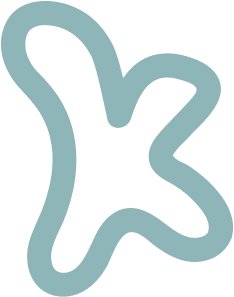BACKGROUND
Google Pins is a feature integrated into Google Maps, allowing users to save various locations, including addresses, restaurants, art galleries, hiking trails, and so on. It serves as a convenient tool for users to document visited places or plan future visits. Currently, users have the option to save places within a singular list, while others prefer creating multiple lists to manually categorize their saved locations within the platform.
*This case study is a conceptual project and is not affiliated with Google.
Problem
Existing users of Google Pins encountered two issues with the platform:
Organizing Pins: Users face difficulties in organizing their pins due to the manual nature of the existing system.
Memory Recall: Users find it challenging to recall why they saved certain pins and locate them within their lists, especially when dealing with more than 15 lists.
Solution
To address both these issues, I wanted to include two new features.
AI-Driven Tagging System: Implement a system that utilizes AI to help users organize their pins by automatically tagging locations based on their names. Additionally, users can add customizable tags to tailor the organization to their specific needs.
Search Bar Functionality: Introduce a search bar that allows users to quickly search within their saved locations, facilitating swift retrieval and recollection of places they have saved.
Part 1: Project kick-off
I started with this project by researching and identifying the possible pain points my users were having. I looked at Facebook Groups and Reddit and saw patterns that identified that users were having issues with their saved pins. The majority of the comments I noticed were about how the pins looked the same on the map.
Part 2: Discovering Who our users are
After identifying my research plan and project goals, I talked with existing users of Google Maps to understand how they saved their locations within the platform.
I found there were two user personas, the local explorer and the active traveler. Both of these personas were a clear way to understand the motivations and pain points they had with the existing platform.
I also uncovered 4 key insights -
Insight #1 - Users find it hard to organize their Google Pins well. They forget how they sorted them before, making it tough to find things later. Some blame themselves for not understanding how the app works, which made them frustrated when managing their pins.
Insight #2 - Some users often struggle to recall the context or significance of saved pins due to the lack of contextual cues or notes associated with each pin.
Insight #3 - Some users manage over 30+ lists in Google Pins, frequently adding new places to categorize them efficiently, such as 'Pizza Shop' or 'Want to Go'. However, within this active organization, they sometimes forget to add places to both lists, leading to confusion due to unorganized pins.
Insight #4 - Users who travel more, mostly dump all their pins into one list as they view their saved location using the map view. But if the user uses it in the city that they live in, they tend to categorize their saved locations based on type of places such as hikes, coffee shops, pizza, etc. These users live in more of an urban setting and love to explore the city.
Additionally, my users expressed they had no great way to organize their pins and blamed themselves for not having a great system.

